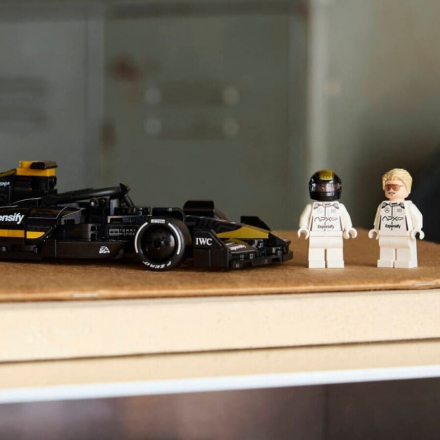The world is moving towards ecological well-being, and electric vehicles are often seen as the embodiment of this dream. However, a closer look under the hood of these technologies reveals a less rosy picture. The shift to green technologies might be hiding serious environmental issues that rival those of traditional energy sources. Let’s explore what’s behind this shiny facade.
Batteries: Storing, Not Creating Energy
The first myth to debunk is the idea that electric vehicles are free of environmental impact. Batteries in electric vehicles don’t generate electricity but store it, which is produced at power plants. Since many power plants still rely on coal or uranium, the purity of the electricity we receive is far from perfect. Today, 40% of electric vehicles still depend on carbon-based energy sources.
Heavy Batteries: More Than Just Eco Issues
Electric vehicle batteries are not just heavy bags of electricity. Each battery weighs around 450 kg and contains 11 kg of lithium, 27 kg of nickel, 20 kg of manganese, 14 kg of cobalt, 90 kg of copper, and 180 kg of aluminum, steel, and plastic. Producing one battery requires processing 225,000 kg of earth. Extracting lithium, cobalt, and nickel involves toxic chemicals like sulfuric acid and fluoride, which further harm the environment.
Solar Panels: Not So Bright
Solar panels, although appearing as an eco-friendly solution, also have their issues. Their production involves toxic chemicals like chloride, sulfuric acid, and acetone to convert silicon into gravel used for the panels. Moreover, materials like gallium, arsenide, and telluride used in panels are also highly toxic. Silicon dust poses a danger to workers, and the panels' tiles are difficult to recycle.
Wind Turbines: Weight and Waste
Wind turbines present another problematic area. Each turbine weighs 1688 tons, equivalent to 23 houses. It uses 1300 tons of concrete, 295 tons of steel, 48 tons of iron, and rare earth elements like neodymium, praseodymium, and dysprosium. The blades, each weighing 40,000 kg, have a lifespan of 15–20 years, after which they need replacing. Unfortunately, recycling used blades is not yet feasible.
The Reality of a Green Future
While green technologies such as electric vehicles, solar panels, and wind turbines represent a step forward, it’s important to recognize that they are not without their environmental costs. Hidden expenses in material extraction and processing, toxic chemicals, and waste disposal issues should not be ignored. By approaching ecological innovations with a realistic perspective, we can better understand their impact on our planet and seek more effective and cleaner solutions.


















